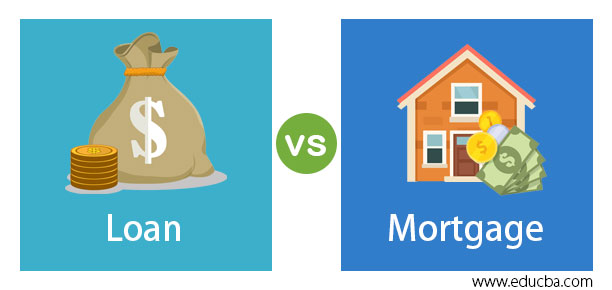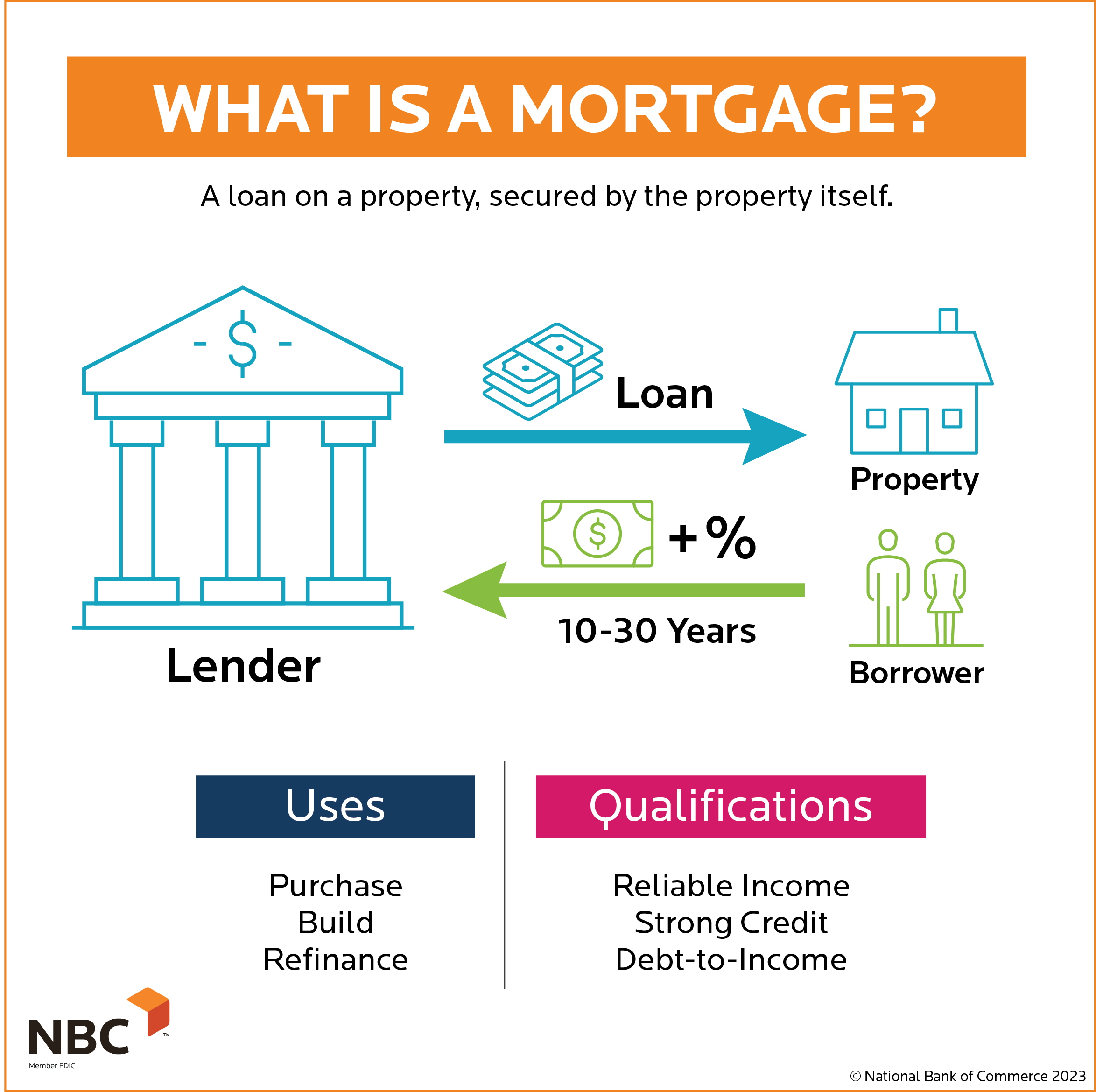A Full Introduction of Conventional Mortgage Loans for First-Time Buyers
The Essential Elements to Take Into Consideration When Picking Between Fixed-Rate and Adjustable-Rate Home Loan Fundings
When evaluating home mortgage alternatives, consumers encounter a pivotal choice in between adjustable-rate and fixed-rate financings, each presenting distinctive advantages and potential challenges. Trick considerations such as rates of interest stability, predictability in regular monthly settlements, and the effects of potential rate changes can significantly affect long-term economic wellness. Furthermore, understanding the expected duration of homeownership and the total price of borrowing can form one's method. As these aspects intertwine with private economic scenarios and take the chance of resistance, the implications of this option might not be as simple as they seem. What subtleties should be prioritized in this critical decision-making procedure?
Rate Of Interest Rate Security
When picking a home mortgage, comprehending rates of interest security is essential for informed decision-making. Rate of interest can substantially influence the total price of a mortgage, and recognizing the nature of these rates is crucial for borrowers. Fixed-rate home loans offer the advantage of constant month-to-month repayments over the life of the lending, securing debtors from market fluctuations. This stability enables property owners to prepare their financial resources with better assurance, as they will not be impacted by rising rate of interest.
On the various other hand, adjustable-rate mortgages (ARMs) start with reduced preliminary rates that might change periodically based on market conditions. While this can lead to lower settlements initially, it also presents unpredictability, as customers may encounter boosted payments if rate of interest climb. For those thinking about an ARM, it is important to evaluate the possibility of price modifications, the possibility for settlement rises, and the length of the preliminary fixed-rate duration.
Eventually, the option in between fixed-rate and adjustable-rate home mortgages rests on specific risk resistance and monetary scenarios. Recognizing rates of interest security helps consumers make notified decisions that align with their long-lasting economic objectives.
Regular Monthly Payment Predictability
While borrowers commonly prioritize rates of interest security, the predictability of regular monthly payments is just as vital in the mortgage selection process (Conventional mortgage loans). Regular monthly settlement predictability plays a critical role in budgeting and monetary preparation, as it straight affects a home owner's cash circulation and general monetary wellness
Fixed-rate home mortgages use a constant regular monthly repayment throughout the life of the car loan, enabling customers to anticipate and intend their expenses successfully. This stability can be especially useful for first-time buyers or those on a fixed income, as it removes the uncertainty related to rising and fall settlements.
Alternatively, adjustable-rate home loans (ARMs) typically feature reduced first repayments that can alter gradually, leading to prospective irregularity in month-to-month obligations. While at first appealing, this unpredictability can make complex economic planning, specifically if consumers do not make up future price adjustments.
Potential Rate Changes
In the realm of adjustable-rate home loans (ARMs), potential price modifications stand for read this a substantial variable that consumers must very carefully consider. Unlike fixed-rate home mortgages, where the passion price remains unmodified for the life of the lending, ARMs are defined by rising and fall rate of interest that are tied to market indices. This variability can cause significant changes in month-to-month payments, impacting the borrower's financial planning and budgeting.
Typically, ARMs have a preliminary fixed-rate period during which the rate of interest is steady. After this period, however, the rate changes at established periods-- commonly yearly. Consumers must be conscious of the margin and index used to determine these adjustments, as they straight influence future rates of interest. In addition, ARMs frequently consist of caps that limit exactly how much the rates of interest can raise at each modification and over the life of the finance, which can offer some degree of defense against radical price hikes.
Recognizing these possible changes is vital for customers, as they directly affect long-lasting repayment obligations. Evaluating personal financial scenarios and run the risk of resistance is essential when choosing whether an ARM aligns with one's economic goals.
Funding Term Factors To Consider
Finance term considerations play a pivotal role in the decision-making process for debtors selecting between fixed-rate and adjustable-rate home loans. The size of the lending term considerably impacts month-to-month payments, rate of interest rates, and total economic preparation.

Inevitably, debtors have to assess their individual circumstances, economic goals, and market conditions when weighing the ramifications of car loan term choices within each mortgage kind.

Overall Cost of Loaning
Fixed-rate mortgages provide foreseeable monthly payments, as learn the facts here now the rate of interest rate continues to be constant throughout the car loan term. This predictability can lead to reduced overall expenses, particularly in a secure or declining passion price atmosphere.
On the other hand, variable-rate address mortgages (ARMs) generally begin with lower initial prices, causing decreased upfront expenses. These prices can enhance after a first duration, leading to possibly greater lasting costs. Borrowers must consider the regularity and extent of price modifications, as well as the general financing period, to accurately assess the monetary ramifications.
Additionally, the general cost of loaning encompasses not only passion prices however likewise costs and other connected prices, such as closing expenses and insurance coverage (Conventional mortgage loans). Consequently, when assessing home loan alternatives, customers need to perform a complete cost evaluation over the life of the car loan. By doing so, they can make an enlightened decision that lines up with their monetary goals and run the risk of resistance
Verdict
Passion rate security and month-to-month settlement predictability are extremely important for reliable budgeting, while the potential for rate adjustments in ARMs introduces economic unpredictability. Furthermore, the expected duration of homeownership and the overall cost of loaning, consisting of interest prices and linked fees, have to line up with specific monetary circumstances and risk tolerance.
Secret factors to consider such as rate of interest price stability, predictability in regular monthly repayments, and the effects of possible rate changes can dramatically affect long-lasting monetary health. Passion rates can substantially affect the overall price of a home loan, and recognizing the nature of these rates is important for consumers. Unlike fixed-rate mortgages, where the passion rate stays unmodified for the life of the car loan, ARMs are defined by rising and fall passion prices that are linked to market indices. Additionally, ARMs commonly include caps that limit how a lot the interest rate can enhance at each modification and over the life of the funding, which can offer some degree of protection against drastic price walkings.
Passion price stability and monthly settlement predictability are vital for efficient budgeting, while the possibility for rate changes in ARMs introduces monetary uncertainty.